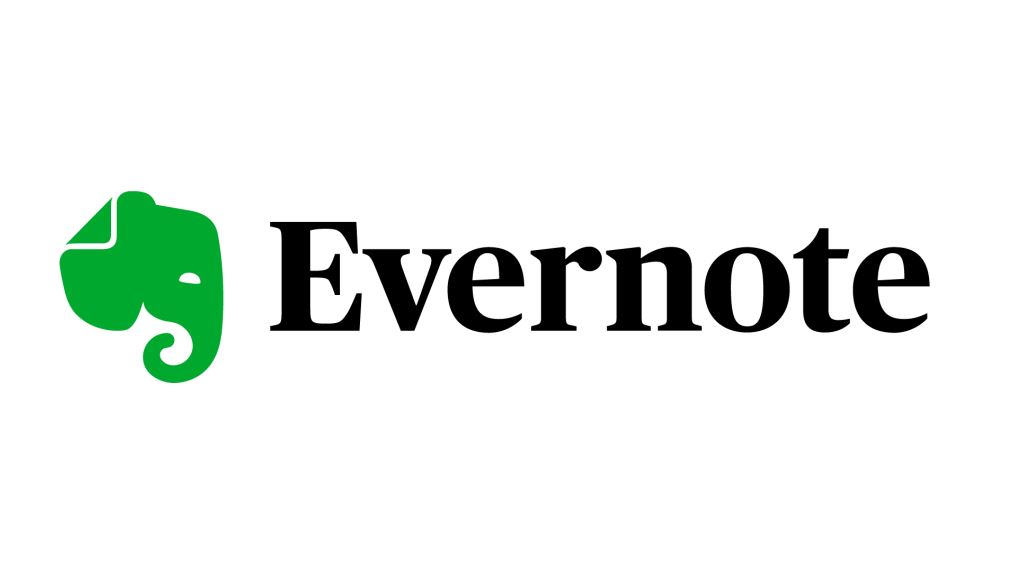Evernote
About this app
In today’s fast-paced environment, maintaining organization of thoughts and tasks can prove to be a significant challenge. Evernote has established itself as a leading note organizer application, featuring functionalities that cater to both individual users and teams.
This overview will examine its robust note-taking and organization tools, collaboration and synchronization options, as well as the advantages and disadvantages of utilizing the application.
Whether you are a newcomer or seeking to optimize your usage, this step-by-step guide will assist you in navigating Evernote effectively.
Explore this resource to understand how this tool can enhance your productivity.
Overview of Note Organizer Apps
Note organizer applications have significantly transformed the manner in which individuals manage their notes, thereby enhancing productivity, organization, and information retention.
These digital notebooks are specifically designed to streamline the note-taking process, providing users with a wide array of features, including tagging, notebook creation, and reminders, which facilitate efficient note management.
Serving various purposes in both academic and professional contexts, these applications range from personal knowledge management to project tracking.
With options available for both mobile and desktop platforms, users can seamlessly access their notes across devices, ensuring a cohesive workflow and optimizing their productivity tools.
Features of Evernote
Evernote distinguishes itself among note-taking applications through its comprehensive array of features aimed at enhancing user experience and productivity. The application enables seamless synchronization across both mobile and desktop platforms, allowing users to create, organize, and access their notes at any time and from any location.
Evernote presents a user-friendly interface complemented by advanced features such as tagging, robust search functionality, and document scanning capabilities. Users can set reminders for notes and easily share them with collaborators, rendering the application suitable for both personal and professional purposes.
Furthermore, Evernote's pricing structure, which includes a free version alongside premium features, accommodates a wide range of user needs and preferences.
Note-taking and Organization Tools
The note-taking and organization tools within Evernote are specifically designed to enhance users' ability to capture and manage their thoughts and information effectively. The application offers a range of organizational features, including customizable notebooks, a versatile tagging system, and rich text formatting options, which together create a flexible note management experience.
By utilizing these capabilities, individuals can customize their digital workspace to meet various productivity requirements. For example, the tagging system facilitates the prompt categorization and retrieval of information, allowing users to easily locate notes associated with specific projects or topics.
Evernote's robust search functionality enables users to find text within images and handwritten notes, ensuring that crucial information is never misplaced. Additionally, the collaboration tools allow teams to share notes and update shared projects in real-time, thereby enhancing communication and project management.
Collectively, these features work in harmony to streamline workflows and promote both personal and collective productivity.
Collaboration and Synchronization Options
Evernote provides robust collaboration and synchronization options, enabling users to work together seamlessly across various devices. The application's cross-platform compatibility facilitates real-time updates, ensuring that changes made on the mobile app are instantly reflected in the desktop version.
This functionality is particularly advantageous for team collaboration, as users can share notes and workspaces, manage tasks, and provide feedback in real time. The capacity to collaborate on notes significantly enhances teamwork, positioning Evernote as an ideal tool for remote work and project management.
Users will appreciate Evernote's shared notebooks, which allow for efficient coordination among team members, ensuring that everyone has access to the most current information without any confusion. The instant notification system keeps users informed about edits and comments, fostering a productive environment.
Furthermore, integration with other productivity tools increases its utility, streamlining workflows and improving overall task management.
By exploring these collaboration features, teams can enhance their communication and ensure that projects are completed efficiently, making Evernote an essential resource for those looking to improve their teamwork dynamics.
Pros and Cons of Evernote
Evaluating the advantages and disadvantages of Evernote provides a thorough understanding of its user experience and overall efficacy as a note-taking application. On the positive side, Evernote presents an intuitive user interface, a comprehensive array of features, and exceptional synchronization capabilities that enhance productivity and facilitate efficient information management.
However, some users may encounter limitations within its pricing structure, particularly concerning premium features that may pose barriers to entry for new users. Recognizing these benefits and drawbacks is essential for potential users to ascertain whether Evernote aligns with their productivity requirements.
Advantages and Limitations of the App
Evernote offers several advantages that contribute to its status as a leading note-taking application, including a comprehensive feature set and a user-friendly interface. Users value the app’s mobile productivity capabilities and its effective organization of notes on desktop platforms. This flexibility enables individuals and teams to capture ideas seamlessly, whether in transit or within a collaborative environment.
Additionally, the app's robust search functionality and integration with various tools enhance its appeal among professionals who depend on efficient information retrieval. However, some users have expressed concerns regarding the subscription model, which they perceive as costly when compared to alternatives such as Microsoft OneNote or Google Keep. Furthermore, the reliance on internet access for syncing can present challenges for those in remote areas or with unreliable connectivity.
By addressing these concerns and evolving to meet user demands, Evernote could further solidify its position in a competitive market.
How to Use Evernote
Mastering the effective use of Evernote can greatly improve note management skills and overall productivity. This comprehensive guide will assist new users in navigating the installation process, initial setup, and key features that enhance the application’s functionality.
From organizing notebooks to utilizing reminders and cloud storage, users will learn how to optimize their workflow within both the mobile and desktop versions of the app. By adhering to these guidelines, individuals can seamlessly incorporate Evernote into their daily routines, thereby enhancing their overall user experience.
Step-by-Step Guide for New Users
This step-by-step guide is designed for new users seeking to effectively navigate the features and functionalities of Evernote. The initial step involves downloading and installing the application on your preferred device, as both mobile and desktop versions are available.
Once the application is installed, the next step is to create your account. This process is straightforward and requires only a few simple steps to verify your information.
After setting up your account, users will encounter an intuitive user interface that introduces them to a world of organized note-taking. As you explore further, it is important to pay attention to the tagging feature, which facilitates efficient categorization and easy retrieval of notes.
Users also have the option to set reminders, ensuring that important tasks are not overlooked. Evernote's cloud storage capability is a significant advantage, as it synchronizes notes across all devices seamlessly, allowing access to essential information anytime and anywhere.
Additionally, understanding the pricing options is crucial, as both free and premium plans offer distinct benefits tailored to various user needs, thereby enabling optimal utilization of this powerful note management tool.
Final Thoughts and Recommendations
Evernote provides a comprehensive suite of features that can significantly enhance user productivity and facilitate digital organization. Its user-friendly design and advanced search functionality have made it a preferred choice among individuals engaged in note-taking. Potential users are advised to consider their specific requirements and assess whether the premium features align with their budget.
Evernote is particularly recommended for those seeking a holistic solution for note management, collaboration, and task organization.
For individuals who prioritize cross-device synchronization and accessibility, this application excels with its seamless integration across various platforms. Users who favor visual organization will find its sophisticated tagging and notebook system advantageous, as it allows for efficient categorization of thoughts and ideas. Additionally, teams in need of collaboration tools will value its shared workspaces and real-time editing capabilities.
It is essential for users to carefully evaluate these benefits in light of the learning curve associated with mastering its more advanced features. In summary, whether an individual aims for personal efficiency or team productivity, Evernote remains a strong option worthy of consideration.
Related Apps
-
Ask AI - ChatGPT powered ChatGETTools and Productivity
-
Google Chrome: Fast & SecureGETTools and Productivity
-
Show Wifi PasswordGETTools and Productivity
-
Naver PapagoGETTools and Productivity
-
Google Find My DeviceGETTools and Productivity


















